Click below to listen to my 2 min. Garden Bite radio show: Easing out of a big lawn
Audio PlayerA recent survey by the National Garden Bureau showed that 67% of those 35 and under are interested in reducing their lawn and planting a wider variety of plants. Wahoo.
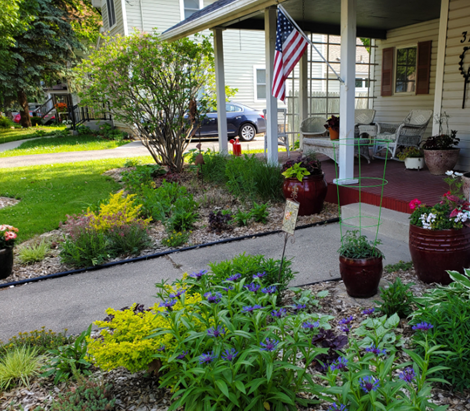
I have a lot of clover in my lawn which is great for bees. It’s also a nitrogen fixer.
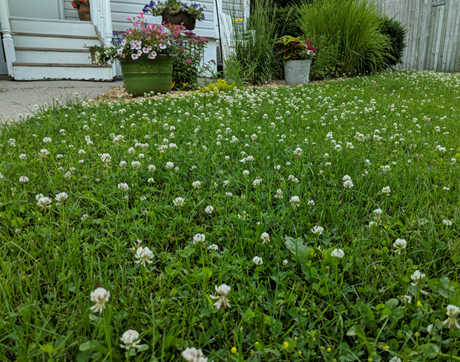
While not everyone is interested in a clover lawn, there are plenty of alternatives. Pennsylvania sedge grass has fine textured leaves, a 6? to 10” height with a creeping habit.
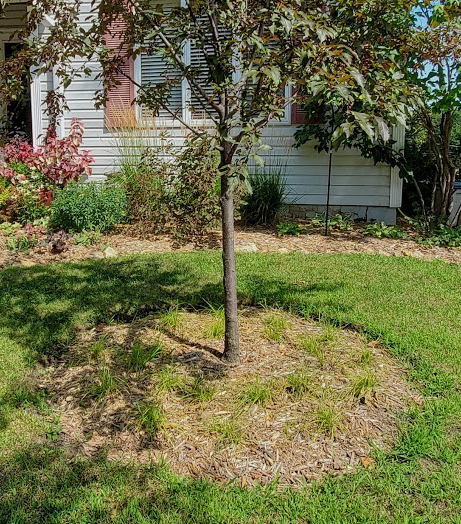
Prairie Nursery in Wisconsin says it’s good in dry soils in wooded areas and will form a dense low-growing, maintenance free groundcover. I planted some of this last year around my crabapple and hackberry.
There’s also creating a butterfly garden.
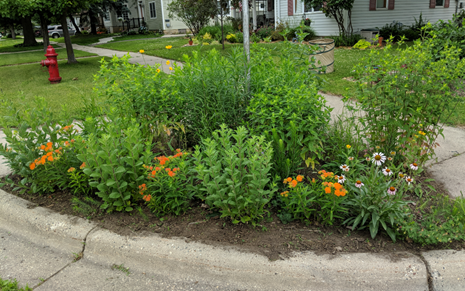
Native plants such as asters, bergamot, milkweed, oxeye daisy, early sunflowers, butterfly weed and more are great plants to start with. Butterfly garden plant list from SWCD
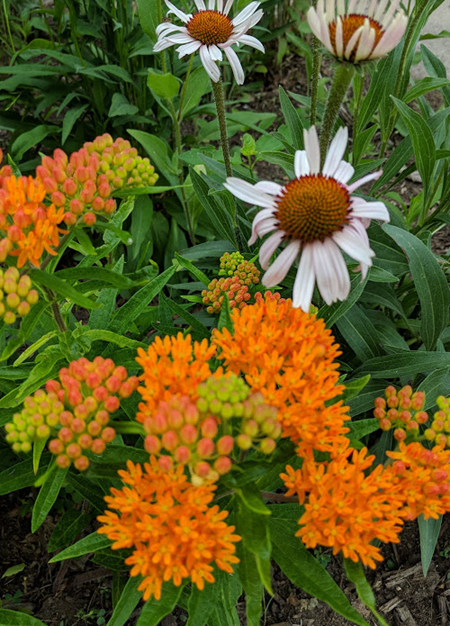
Shrubs like viburnum, serviceberry and elderberry also offer beauty and pollinator opportunities.

And check out the grasses too.
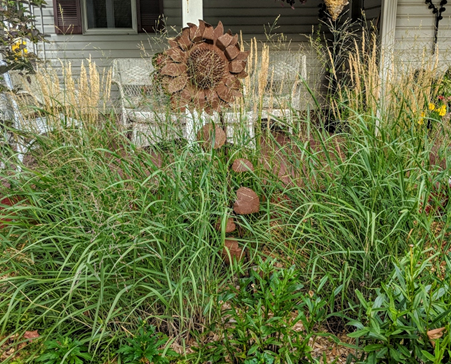
There are plenty of reasons to ease out of a big lawn. Lawns are the largest crop in the U.S. and take up the most irrigation. In the U.S. an estimated 7 million birds are killed yearly by lawn-care pesticides. And think on all the good bugs killed along with those irritating buggers! And all that goes into our stormwater drains too. Along with nitrogen we use to keep those lawns green.
Here are a few more reasons to add them to your landscape:
- they take less care
- need less water
- are adaptable to our climate
